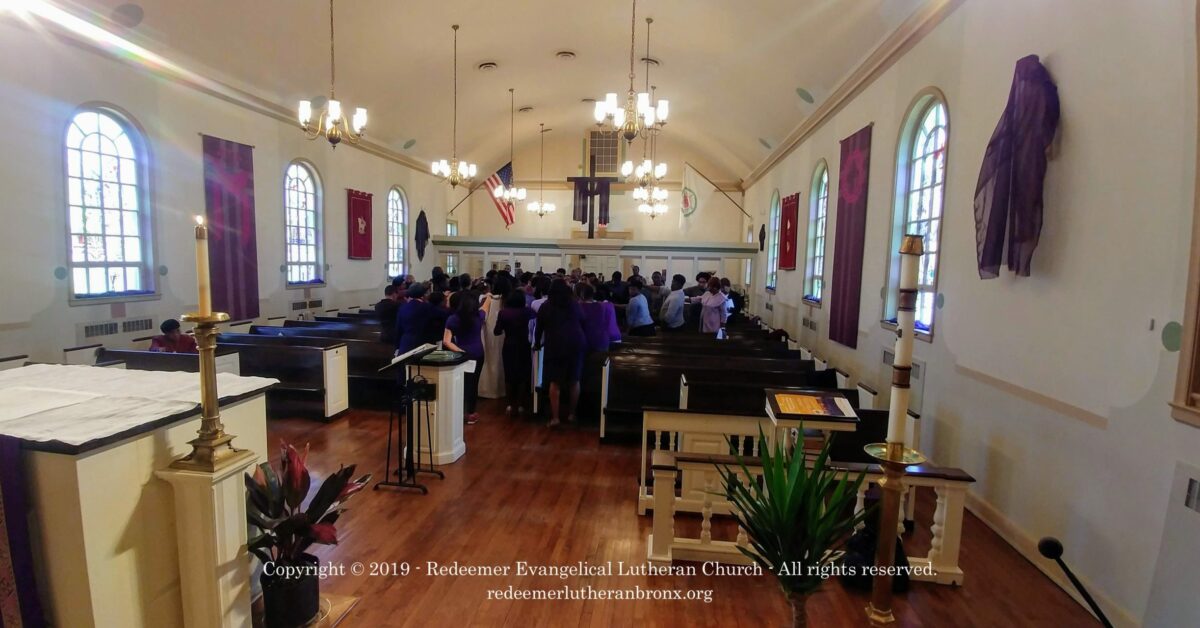Your Parish IS the Curriculum
That’s the title of a book by Diana Macalintal published by Liturgical Press in Collegeville, Minnesota. Macalintal is one of the founders, along with her husband Nick, of TeamRCIA.com, A Roman Catholic group promoting best practices in the Rite of Christian Initiation of Adults or RCIA. The RCIA, for those who may be unfamiliar, is the restored faith formation/catechumenate following on Vatican II. So, in these blog pages over the coming weeks we’ll turn from Paul Galbreath’s consideration of Baptism at the center of the church’s life to Macalintal’s practically-focused consideration of how the life of a parish is the curriculum for the catechumenate, or, as the subtitle says, RCIA in the Midst of Community.
Affirming that your parish is the curriculum grounds the basic recognition of why there is faith formation at all: it is for incorporating a person into the life of the Body of Christ. And that person is incorporated into a specific Christian community that lives together in a particular place at a particular time. The person being incorporated comes to know Christ in and through the life of that community gathered around Word and sacraments. But it is the community that mediates that relationship to the neophyte (whether unbaptized, baptized, or confirmed). Thus, the parish IS the curriculum.
That’s why the catechumenate/faith formation/RCIA is not a program. It is the facilitator of budding relationships in the Body of Christ. It births the incorporation of new people into the community. It is saying yes to a lifelong new relationship between the Body and this new person on the threshold of the church.
That’s why Macalintal begins her introduction with a story about Rocio, who “stumbles” onto the steps of their Newman Center, and how relationship with her transforms both her and those involved in the RCIA. Questions exchanged between them—from Rocio: What does it mean when you put your hand in that water and touch your forehead? From the RCIA folk: What do you hope for? Long for?—led to gradual change on Rocio’s part so that she became a catechumen, continuing to ask discerning questions: Who is Jesus for you and why does he matter to you? (4). And all that led to Rocio’s ultimate change: Baptism. As Macalintal, says at the Easter Vigil “the new Rocio standing before us, drenched with life and gleaming with light, was a completely brand new creation” (6).
But, because the catechumenate births new relationships, Rocio was not the only one changed. She changed the members of the RCIA team and the Newman Center parish. “[They] had become more faithful and true as Christians…had become more attentive to the Spirit’s work…had grown deeper in their love for one another and in their faith in Christ…In that font [they], too, with Rocio had been recreated into a more visible and merciful face of Christ” (6).
All that happened not because of the programmatic or catechetical elements of the RCIA, as important as those were. It didn’t happen because the teaching was utterly compelling, even though it often was. It happened because Rocio “was consistently embedded (a good description for a neophyte, or “new plant) into the ongoing life of the community beyond the RCIA group” (8). It happened because the Holy Spirit was at work through the Word in relationship with the entire Body of Christ incorporating Rocio into the life of the community. Rocio had planted roots beyond the RCIA. The catechumenate “enhanced the deeper learning of the Christian way of life that she was already living with her friends within the Christian community” (8). For us Lutherans that means our catechumenal practices, catechesis and forms are not the end, but simply part of the broader incorporation of a person into the life of our Christian community.
That is why the parish Is the curriculum. What the hoped-for new member of the Christian community is learning is the life of Christ within the life of the parish. Not an introductory class, not a catechetical program, not an introduction to the community’s structure and programs. They are learning to live in Christ as Christ lives in the life of this community.
Thus, all the members of the parish, all the baptized, are teaching the catechumens and neophytes. Their words and actions model living life in Christ. The catechumenate simply seeks to immerse them in that life, to birth relationships, to lead them to Jesus alive in their midst. In the rest of the book Macalintal will give a vision for how to do just that.
For the catechumenate, your parish is the curriculum. Faith formation opens the doors and the windows so that the neophyte can see and enter into that life.
